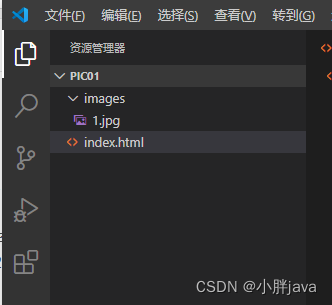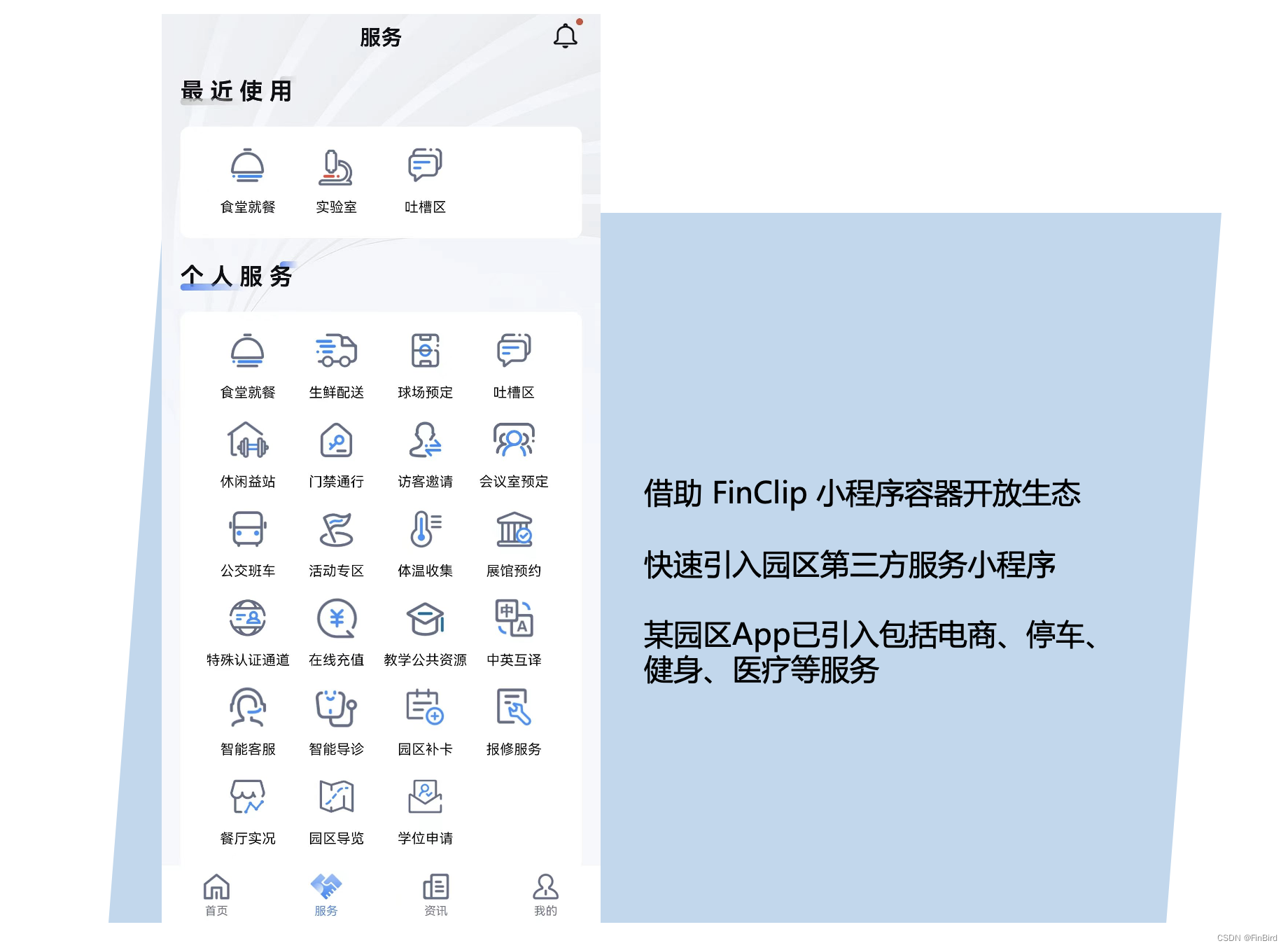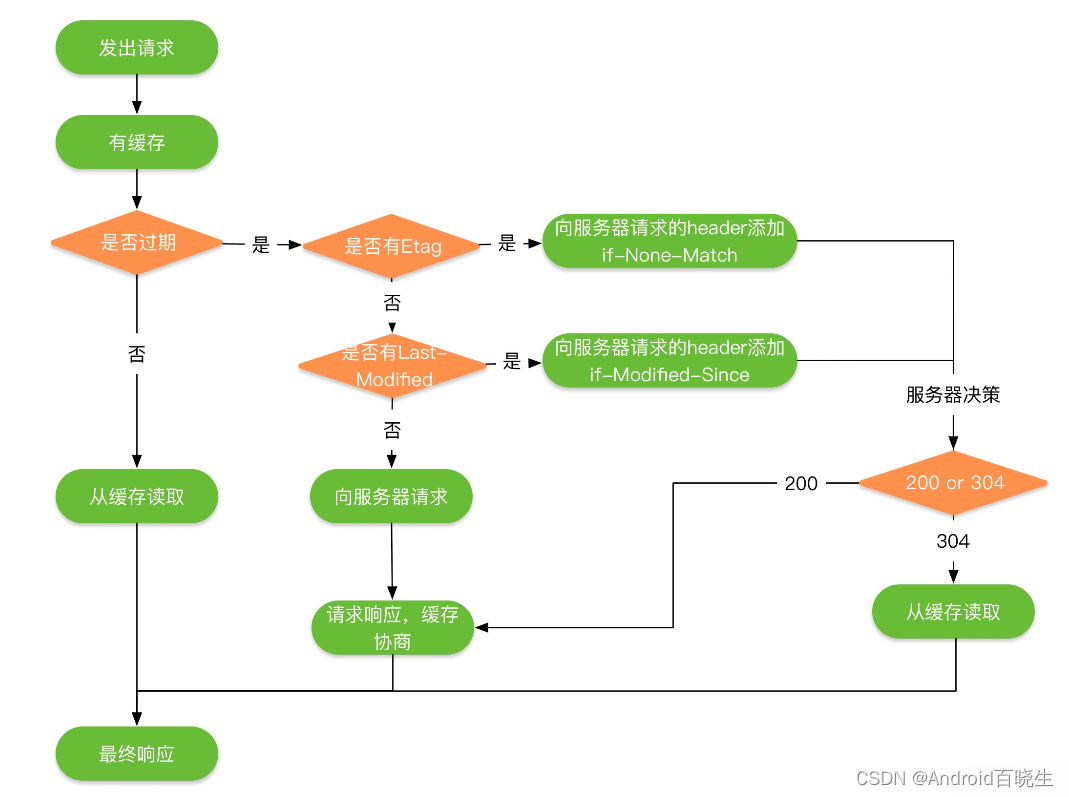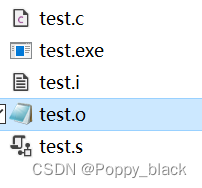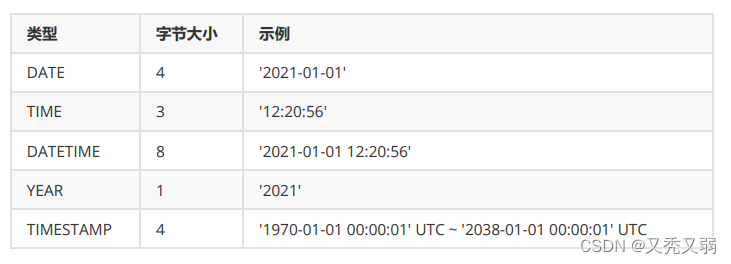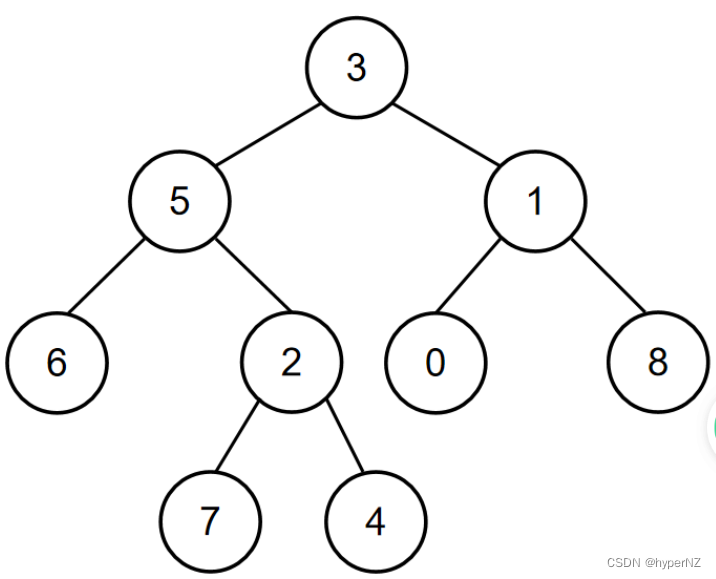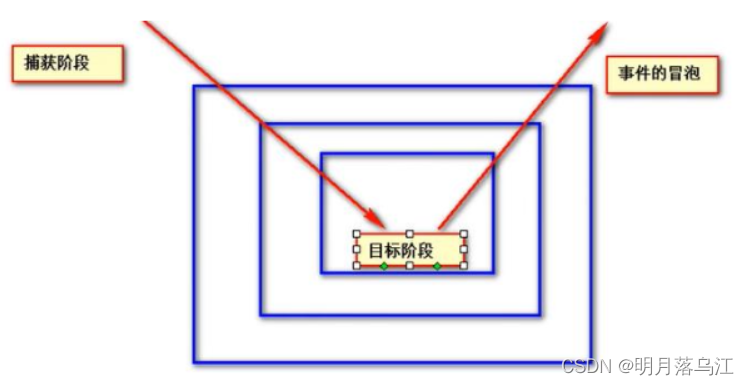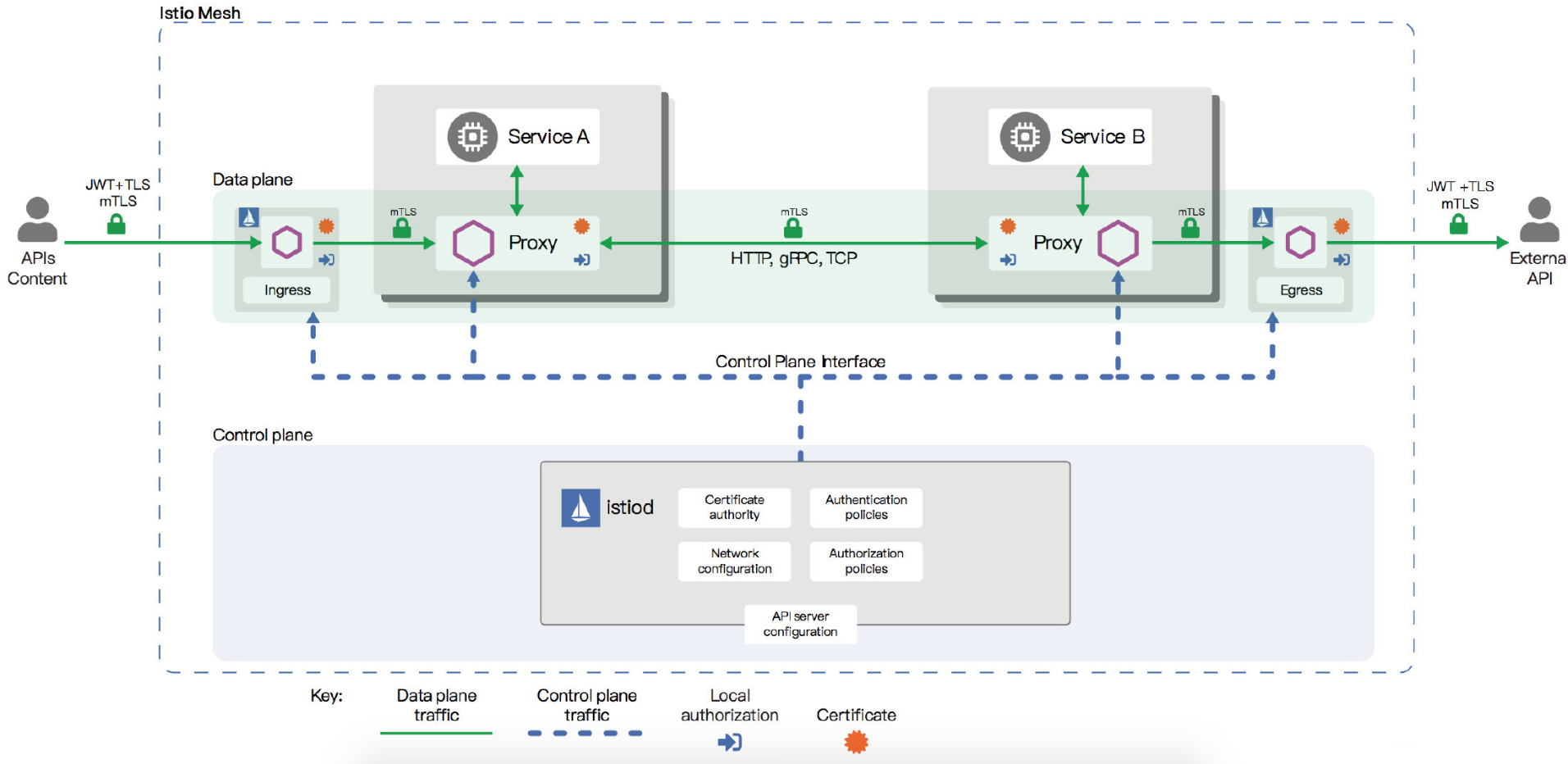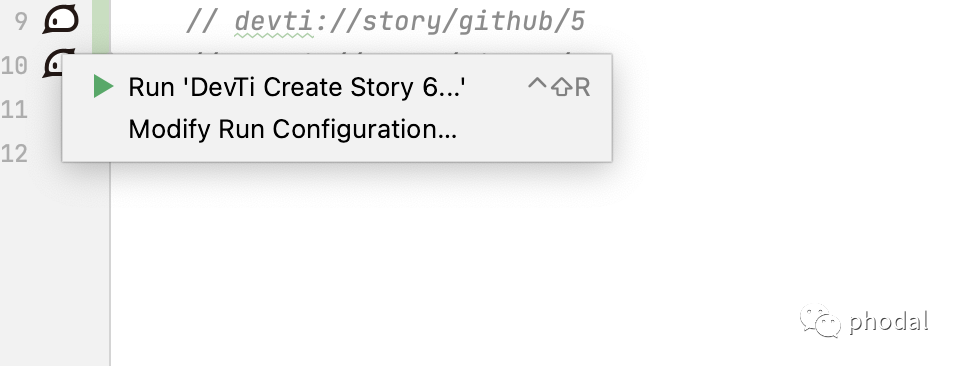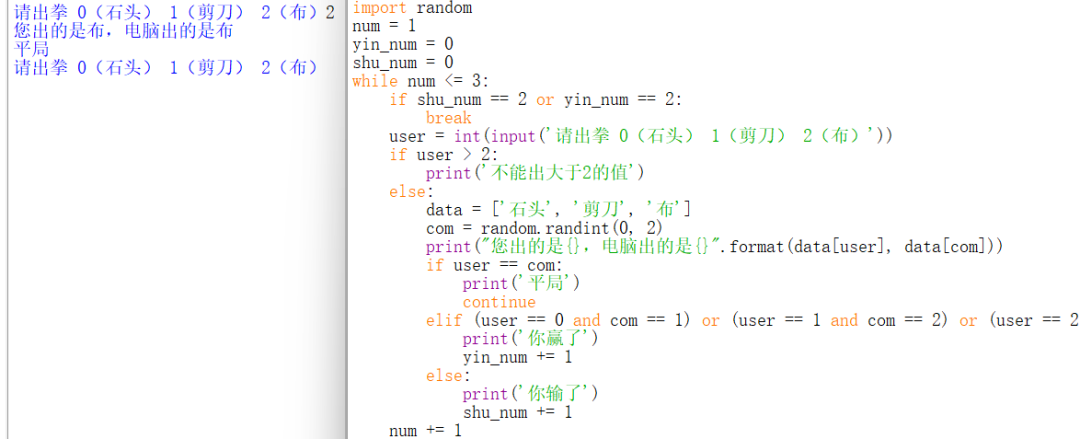目录
一.引言
二.SENET Layer
1.简介
2.Keras 实现
2.1 Init Function
2.2 Build Function
2.3 Call Function
2.4 Test Main Function
2.5 完整代码
三.BiLinear Intercation Layer
1.简介
2.Keras 实现
2.1 Init Function
2.2 Build Function
2.3 Call Function
2.4 Test Main Function
2.5 完整代码
四.总结
一.引言
上一篇文章我们对 FiBiNet 网络做了全面的了解,其引入 SENET 与 BiLinear Interaction 实现特征交叉,实验表明 FiBiNet 在浅层网络效果优于 FM、FFM,在深层网络效果优于 DeepFm、XdeepFm。本文用 kears 实现基本的 SENET Layer 与 Bilinear Interaction Layer。
二.SENET Layer
1.简介
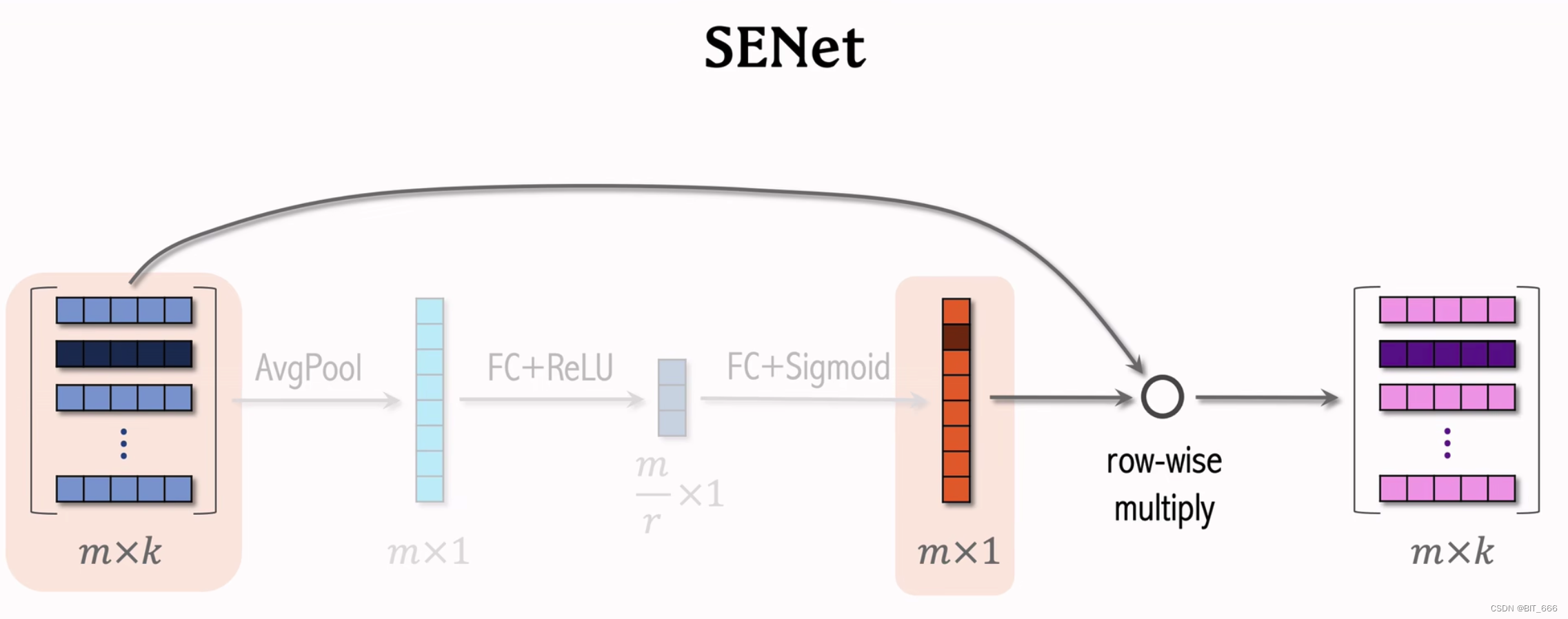
SENet 全称为 Squeeze-and-Excitation Networks, 可翻译为压缩与激励网络。
实现流程:
AvgPool 平均池化 => FC + σ 全连接激活 => FC + σ 全连接激活 => Multiply 加权
![]()
这里第一个激活函数 σ 为 ReLU,第二个激活函数有的使用 Sigmoid 有的使用 ReLU。
2.Keras 实现
2.1 Init Function
def __init__(self, reduction_ratio=3, **kwargs):
self.field_size = None
self.embedding_size = None
self.dense1 = None
self.dense2 = None
self.reduction_ratio = reduction_ratio
super(SETNetLayer, self).__init__(**kwargs)初始化函数主要定义 SENET 需要的变量,主要是 Field 数量,Embedding 嵌入维度以及 Squeeze 挤压和 Excitation 激发对应的两个 Full Connect 全连接 Dense 层以及对应的 Squeeze 参数 reduction_ratio。
2.2 Build Function
def build(self, input_shape):
self.field_size, self.embedding_size = input_shape
reduction_size = max(1, self.field_size // self.reduction_ratio)
self.dense1 = Dense(reduction_size, activation='relu', kernel_initializer=glorot_normal_initializer)
self.dense2 = Dense(self.field_size, activation='sigmoid', kernel_initializer=glorot_normal_initializer)
super(SETNetLayer, self).build(input_shape)这里没有调用 add_weight 方法初始化参数矩阵,直接使用 layer 层下的 Dense 层初始化。
2.3 Call Function
def call(self, inputs, training=None, **kwargs):
# inputs = F x K
mean_pooling = tf.expand_dims(tf.reduce_mean(inputs, axis=-1), axis=0) # 1 x F
compression = self.dense1(mean_pooling) # 1 x reduction
reconstruction = self.dense2(compression) # 1 x F
add_weight = tf.squeeze(tf.multiply(inputs, tf.expand_dims(reconstruction, axis=2))) # F x K
return add_weight原始维度为 FxK,F 为 Field_size、K 为 Embedding_dim 输入输出,加权后输出维度仍然为 FxK。
2.4 Test Main Function
if __name__ == '__main__':
# 数据准备
F = 6 # Field 数量
K = 8 # 特征维度
samples = np.ones(shape=(F, K))
seNetLayer = SETNetLayer()
output = seNetLayer(samples)
print(output)实际场景同可以通过引入 SENET 达到动态更新 Field 重要性的目的。
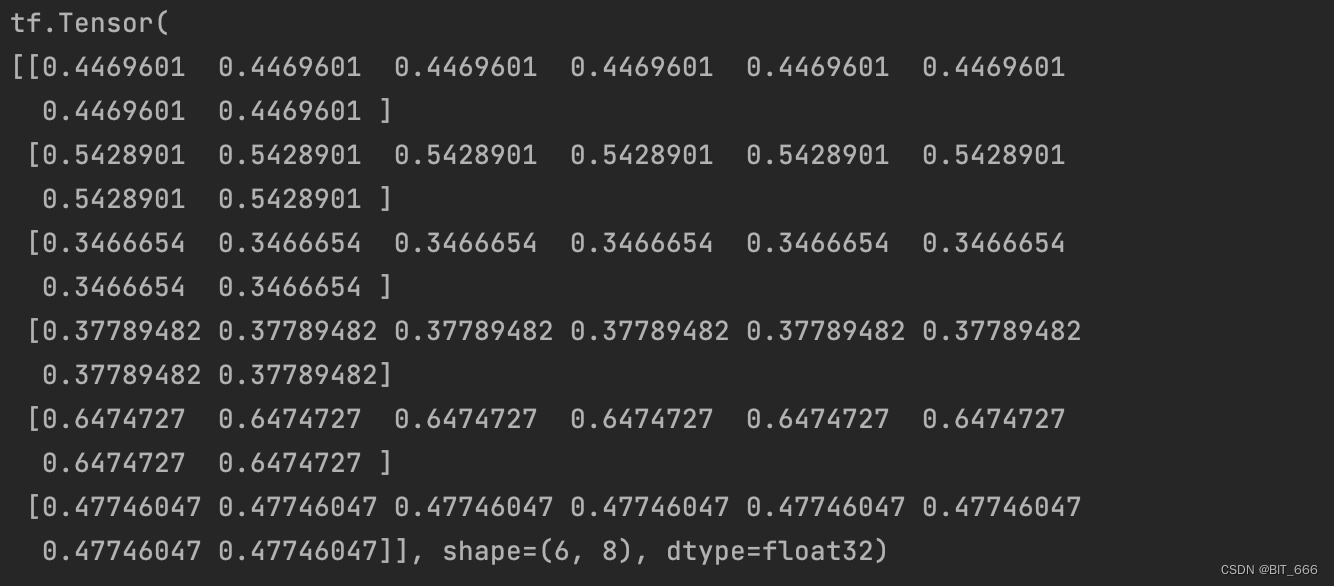
2.5 完整代码
import numpy as np
import tensorflow as tf
from tensorflow.python.keras.layers import *
from tensorflow.keras.layers import Layer
from tensorflow.python.ops.init_ops import glorot_normal_initializer
class SETNetLayer(Layer):
def __init__(self, reduction_ratio=3, **kwargs):
self.field_size = None
self.embedding_size = None
self.dense1 = None
self.dense2 = None
self.reduction_ratio = reduction_ratio
super(SETNetLayer, self).__init__(**kwargs)
def build(self, input_shape):
self.field_size, self.embedding_size = input_shape
reduction_size = max(1, self.field_size // self.reduction_ratio)
self.dense1 = Dense(reduction_size, activation='relu', kernel_initializer=glorot_normal_initializer)
self.dense2 = Dense(self.field_size, activation='sigmoid', kernel_initializer=glorot_normal_initializer)
super(SETNetLayer, self).build(input_shape)
def call(self, inputs, training=None, **kwargs):
# inputs = F x K
mean_pooling = tf.expand_dims(tf.reduce_mean(inputs, axis=-1), axis=0) # 1 x F
compression = self.dense1(mean_pooling) # 1 x reduction
reconstruction = self.dense2(compression) # 1 x F
add_weight = tf.squeeze(tf.multiply(inputs, tf.expand_dims(reconstruction, axis=2))) # F x K
return add_weight
def compute_output_shape(self, input_shape):
return input_shape
if __name__ == '__main__':
# 数据准备
F = 6 # Field 数量
K = 8 # 特征维度
samples = np.ones(shape=(F, K))
seNetLayer = SETNetLayer()
output = seNetLayer(samples)
print(output)三.BiLinear Intercation Layer
1.简介
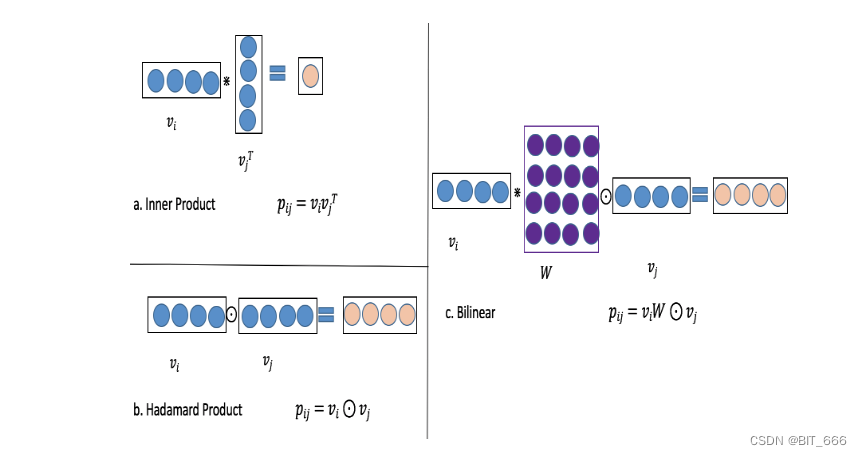
BiLinear Inteaction Layer 引入参数交叉矩阵实现 i、j 特征之间的交互代替原有的内积或哈达玛积,其中共设计了三种模式:
- Filed All Type
所有交叉特征共享一个 kxk 的参数矩阵
- Field Each Type
每个 Field 一个参数矩阵 Wi ∈ R kxk
- Field Interaction Type
每个交叉特征 i、j 一个参数矩阵 W i,j ∈ R kxk
2.Keras 实现
2.1 Init Function
def __init__(self, biLinear_type='all', seed=1024, **kwargs):
self.biLinear_type = biLinear_type
self.seed = seed
self.field_size = None
self.embedding_size = None
self.W = None
self.W_list = None
super(BiLinearInteraction, self).__init__(**kwargs)biLinear_type 控制特征交互方式,Filed_size 为特征数量,Embedding_size 为嵌入维度,Filed-All-Type 场景下使用单一 W 参数矩阵,Field-Each-Type 和 Field-Interaction-Type 使用 W_list 多参数矩阵的形式,前者 W 个数为 Field 个,后者为 (F-1)·F / 2 个。
2.2 Build Function
def build(self, input_shape):
self.field_size, self.embedding_size = input_shape
if self.biLinear_type == "all":
self.W = self.add_weight(shape=(self.embedding_size, self.embedding_size),
initializer=glorot_normal_initializer(seed=self.seed),
name="biLinearWeight")
elif self.biLinear_type == "each":
self.W_list = [self.add_weight(shape=(self.embedding_size, self.embedding_size),
initializer=glorot_normal_initializer(seed=self.seed),
name="biLinearWeight" + str(i)) for i in range(self.field_size)]
elif self.biLinear_type == "interaction":
self.W_list = [self.add_weight(shape=(self.embedding_size, self.embedding_size),
initializer=glorot_normal_initializer(seed=self.seed),
name="biLinearWeight" + str(i) + '_' + str(j)) for i, j in
itertools.combinations(range(self.field_size), 2)]
else:
raise NotImplementedError
super(BiLinearInteraction, self).build(input_shape)根据 input_shape 解析得到 Field_size 和 Embedding_size,根据 biLinear_type 的不同,初始化不同的参数矩阵 W 与 W_list,itertools.combinations 方法用于生成所有 Filed 的组合。
2.3 Call Function
def call(self, inputs, **kwargs):
n = len(inputs)
if self.biLinear_type == "all":
# 所有特征交叉公用一个参数矩阵 W
v_dots = [tf.tensordot(inputs[i], self.W, axes=(-1, 0)) for i in range(n)] # F x K
p = [tf.multiply(v_dots[i], inputs[j]) for i, j in itertools.combinations(range(n), 2)] # (F-1)·F/2 x K
elif self.biLinear_type == "each":
# 每个特征一个参数矩阵 Wi
v_dots = [tf.tensordot(inputs[i], self.W_list[i], axes=(-1, 0)) for i in range(n)] # F x K
p = [tf.multiply(v_dots[i], inputs[j]) for i, j in itertools.combinations(range(n), 2)] # (F-1)·F/2 x K
elif self.biLinear_type == "interaction":
# 每一个组合特征 Vi-Vj 以及对应的 Wij
p = [tf.multiply(tf.tensordot(v[0], w, axes=(-1, 0)), v[1])
for v, w in zip(itertools.combinations(inputs, 2), self.W_list)] # (F-1)·F/2 x K
else:
raise NotImplementedError
# (F-1)·F/2 x K
_output = tf.reshape(p, shape=(-1, int(self.embedding_size)))
return _output分别执行内积与哈达玛积,区别是交互的 W 参数矩阵不同,这里与 SENET 不同,SENET 输入输出维度相同,BiLinear Interaction Layer 输入 F x K,输出 (F-1)·F / 2 x K,因为前者是对 Field 的交叉,后者是对每一个 FF 特征的交叉。
2.4 Test Main Function
if __name__ == '__main__':
# 数据准备
F = 4 # Field 数量
K = 8 # 特征维度
samples = np.ones(shape=(F, K))
BiLinearLayer = BiLinearInteraction("interaction")
output = BiLinearLayer(samples)
print(output)F = 4,K = 8,所以输出 6x8。

2.5 完整代码
import itertools
import numpy as np
import tensorflow as tf
from tensorflow.keras.layers import Layer
from tensorflow.python.ops.init_ops import glorot_normal_initializer
class BiLinearInteraction(Layer):
def __init__(self, biLinear_type='interaction', seed=1024, **kwargs):
self.biLinear_type = biLinear_type
self.seed = seed
self.field_size = None
self.embedding_size = None
self.W = None
self.W_list = None
super(BiLinearInteraction, self).__init__(**kwargs)
def build(self, input_shape):
self.field_size, self.embedding_size = input_shape
if self.biLinear_type == "all":
self.W = self.add_weight(shape=(self.embedding_size, self.embedding_size),
initializer=glorot_normal_initializer(seed=self.seed),
name="biLinearWeight")
elif self.biLinear_type == "each":
self.W_list = [self.add_weight(shape=(self.embedding_size, self.embedding_size),
initializer=glorot_normal_initializer(seed=self.seed),
name="biLinearWeight" + str(i)) for i in range(self.field_size)]
elif self.biLinear_type == "interaction":
self.W_list = [self.add_weight(shape=(self.embedding_size, self.embedding_size),
initializer=glorot_normal_initializer(seed=self.seed),
name="biLinearWeight" + str(i) + '_' + str(j)) for i, j in
itertools.combinations(range(self.field_size), 2)]
else:
raise NotImplementedError
super(BiLinearInteraction, self).build(input_shape)
def call(self, inputs, **kwargs):
n = len(inputs)
if self.biLinear_type == "all":
# 所有特征交叉公用一个参数矩阵 W
v_dots = [tf.tensordot(inputs[i], self.W, axes=(-1, 0)) for i in range(n)] # F x K
p = [tf.multiply(v_dots[i], inputs[j]) for i, j in itertools.combinations(range(n), 2)] # (F-1)·F/2 x K
elif self.biLinear_type == "each":
# 每个特征一个参数矩阵 Wi
v_dots = [tf.tensordot(inputs[i], self.W_list[i], axes=(-1, 0)) for i in range(n)] # F x K
p = [tf.multiply(v_dots[i], inputs[j]) for i, j in itertools.combinations(range(n), 2)] # (F-1)·F/2 x K
elif self.biLinear_type == "interaction":
# 每一个组合特征 Vi-Vj 以及对应的 Wij
p = [tf.multiply(tf.tensordot(v[0], w, axes=(-1, 0)), v[1])
for v, w in zip(itertools.combinations(inputs, 2), self.W_list)] # (F-1)·F/2 x K
else:
raise NotImplementedError
# (F-1)·F/2 x K
_output = tf.reshape(p, shape=(-1, int(self.embedding_size)))
return _output
if __name__ == '__main__':
# 数据准备
F = 4 # Field 数量
K = 8 # 特征维度
samples = np.ones(shape=(F, K))
BiLinearLayer = BiLinearInteraction("interaction")
output = BiLinearLayer(samples)
print(output)四.总结
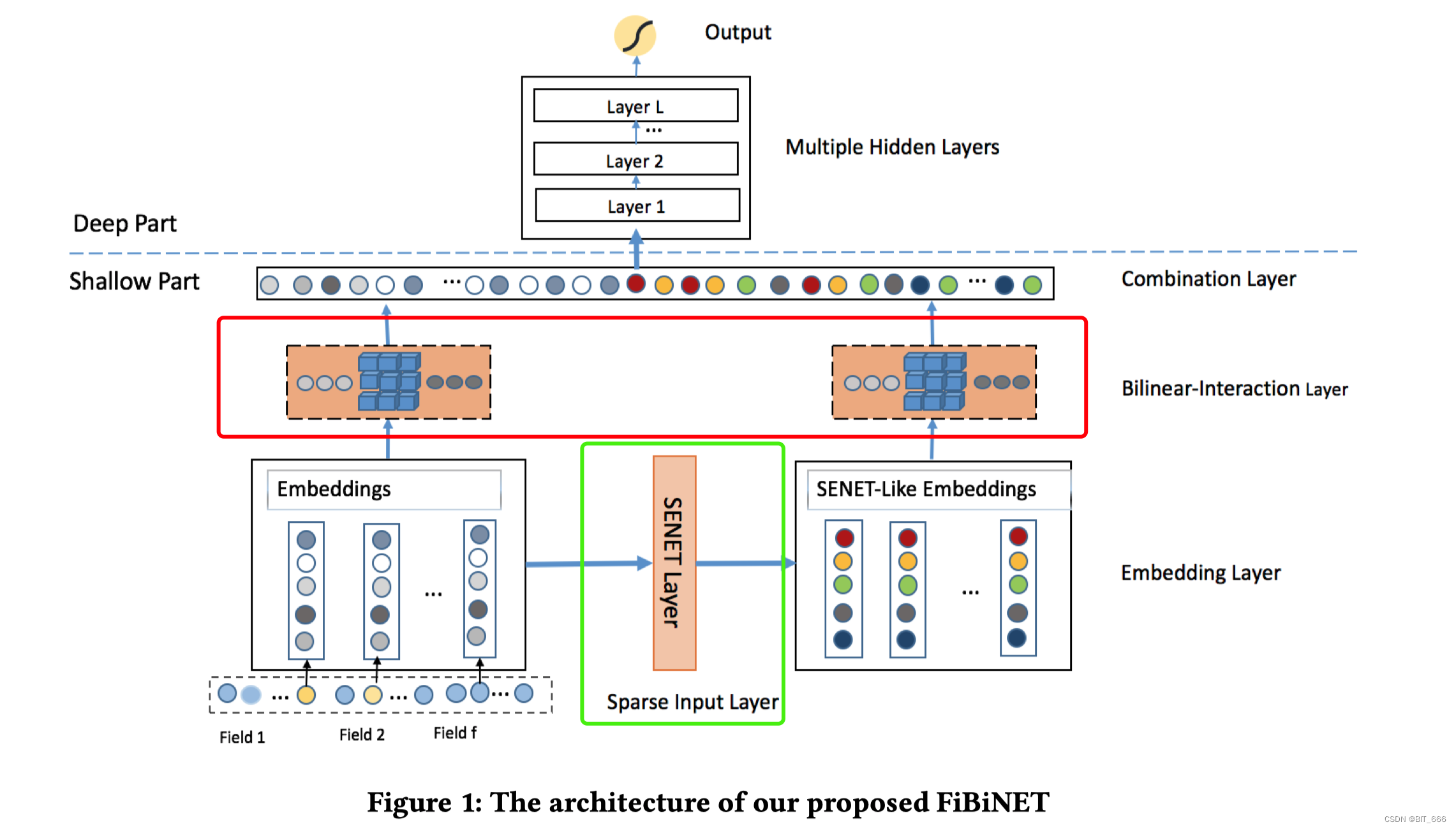
如果我们去掉 SENET 层和双线性交互层,我们的浅 FiBiNET 和深 FiBiNET 将降级为 FM 和FNN,为了进一步提高性能,将上述浅层模型与 DNN 结合得到 FiBiNet 由于 DeepFm 和 XdeepFm 等深层模型。上图为 FiBiNet 模型架构,其中绿框部分为 SENET Layer,红框部门为 Bilinear-Interaction Layer,剩下的 Combination Layer 和 DNN 的构建比较基础,有兴趣的同学可以自己实现 FiBiNet。



